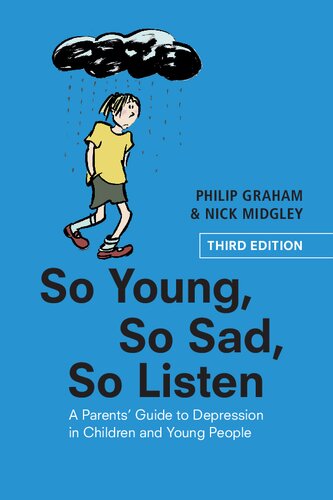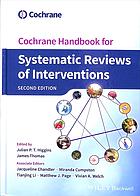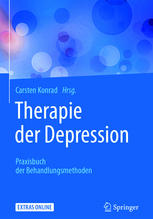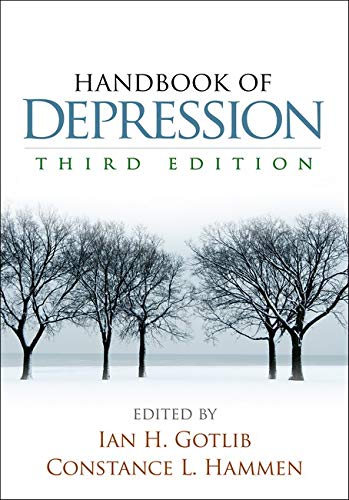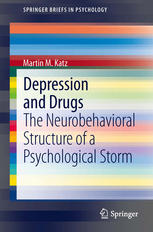فعل و انفعالات چسبنده در سلول های نرمال و تبدیل شده ۲۰۱۱
Adhesive Interactions in Normal and Transformed Cells 2011
دانلود کتاب فعل و انفعالات چسبنده در سلول های نرمال و تبدیل شده ۲۰۱۱ (Adhesive Interactions in Normal and Transformed Cells 2011) با لینک مستقیم و فرمت pdf (پی دی اف)
| نویسنده |
Yury A. Rovensky |
|---|
| تعداد صفحهها |
225 |
|---|---|
| نوع فایل |
|
| حجم |
35 Mb |
| سال انتشار |
2011 |
89,000 تومان
معرفی کتاب فعل و انفعالات چسبنده در سلول های نرمال و تبدیل شده ۲۰۱۱
برهم کنش های چسبنده در سلول های عادی و تبدیل شده مکانیسم های اساسی توانایی سلول های بافتی را برای اتصال به یکدیگر و به ماتریکس خارج سلولی توصیف می کند. این فعل و انفعالات چسبنده تنظیم کننده های اصلی عملکردهای کلیدی سلولی مانند تکثیر، بقا و مهاجرت هستند. واکنش های چسبنده در رشد جنینی، بازسازی، و همچنین در فرآیندهای التهابی و دژنراتیو، که اساس بسیاری از بیماری ها هستند، نقش دارند. تغییرات جدی در چسبندگی سلولی ناشی از تبدیل انکوژنیک نقش مهمی در تهاجم و متاستاز سرطان دارد. این جلد اطلاعات جامعی را در مورد جنبه های ساختاری، مکانیکی و سیگنالینگ برهمکنش های چسب در سلول های طبیعی و سرطانی با مقایسه ارائه می کند. ادغام جنبه هایی از فرآیند چسبندگی مانند ساختار، ارتباط با سیستم های سلولی گیرنده ها و اسکلت سلولی، عملکرد، مسیرهای سیگنالینگ و تغییرات در سلول های سرطانی قوی ترین نقطه این کار را تشکیل می دهد. نتایج تحقیقات طولانی مدت نویسنده در کتاب گنجانده شده است. نویسنده یکی از پیشگامان استفاده از میکروسکوپ الکترونی روبشی (SEM) برای مطالعه شکل سطح سلولی سلول های کشت شده نرمال بود که تحت تبدیل ژنتیکی قرار گرفتند، فرآیندهای اتصال و انتشار آن ها بر روی سطوح بستر جامد، و همچنین توانایی قابل توجه سلول ها برای پاسخ به انواع مختلف. هندسه سطوح بستر
فعل و انفعالات چسبنده در سلول های نرمال و تبدیل شده هم جنبه بیولوژیکی و هم جنبه پزشکی دارند و بنابراین می توانند نه تنها برای زیست شناسان سلولی، زیست شناسان رشدی و محققان سرطان، بلکه برای آنها نیز جالب باشد. متخصصان بالینی. این برای محققان، فوق دکترا، دانشجویان کارشناسی و دانشجویان کارشناسی ارشد در نظر گرفته شده است.
Adhesive Interactions in Normal and Transformed Cells describes the basic mechanisms of the ability of tissue cells to attach to each other and to the extracellular matrix. These adhesive interactions are pivotal regulators of main cellular functions, such as proliferation, survival and migration. The adhesive interactions are involved in embryonic development, regeneration, and also in inflammation and degeneration processes, which are at the basis of many diseases. Serious alterations in cell adhesion caused by the oncogenic transformation play a key role in cancer invasion and metastasis. This volume provides comprehensive information about structural, mechanistic and signaling aspects of adhesive interactions in both normal and cancer cells in comparison. Integration of such aspects of the adhesive process as structure, relation to cell systems of receptors and cytoskeleton, function, signaling pathways, and the alterations in tumor cells constitutes the strongest point of this work. The results of the long-time author’s research are included in the book. The author was one of pioneers, who used scanning electron microscopy (SEM) to study the cell surface morphology of normal cultured cells and the cells underwent the oncogenic transformation, processes of their attachment to and spreading on the surfaces of a solid substratum, and also surprising ability of the cells to respond to various geometric configurations of the substrata surfaces.
Adhesive Interactions in Normal and Transformed Cells has both biological and medical aspects and, therefore, it can be interesting not only for cell biologists, developmental biologists and cancer researchers, but also for physicians. It is intended for researchers, postdocs, undergraduate and graduate students.



